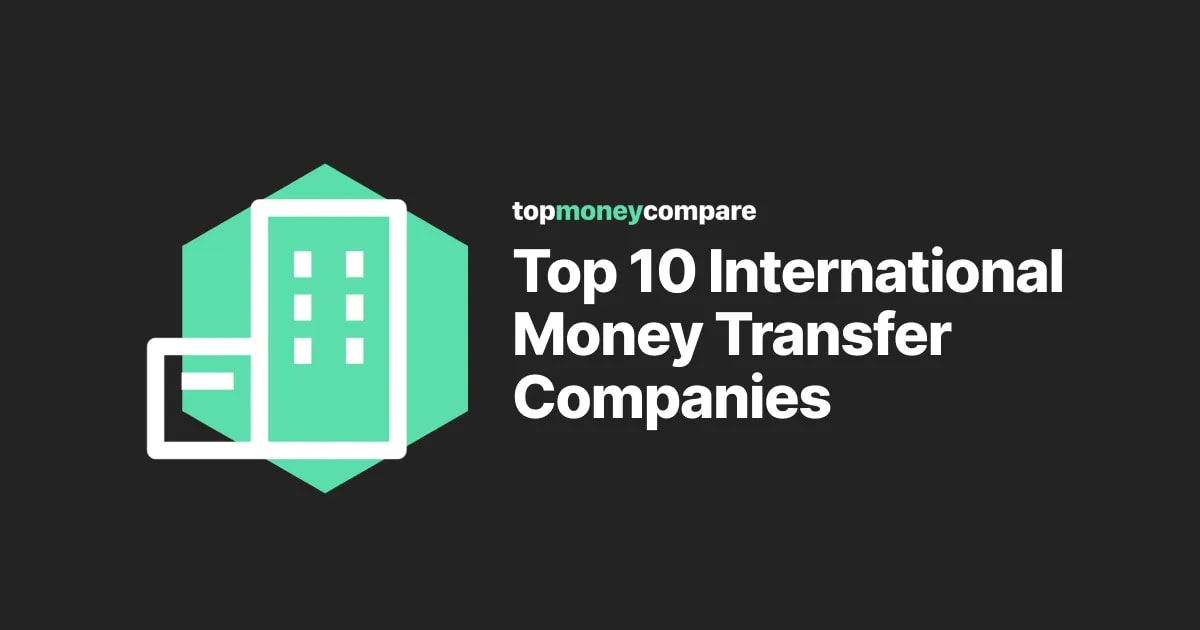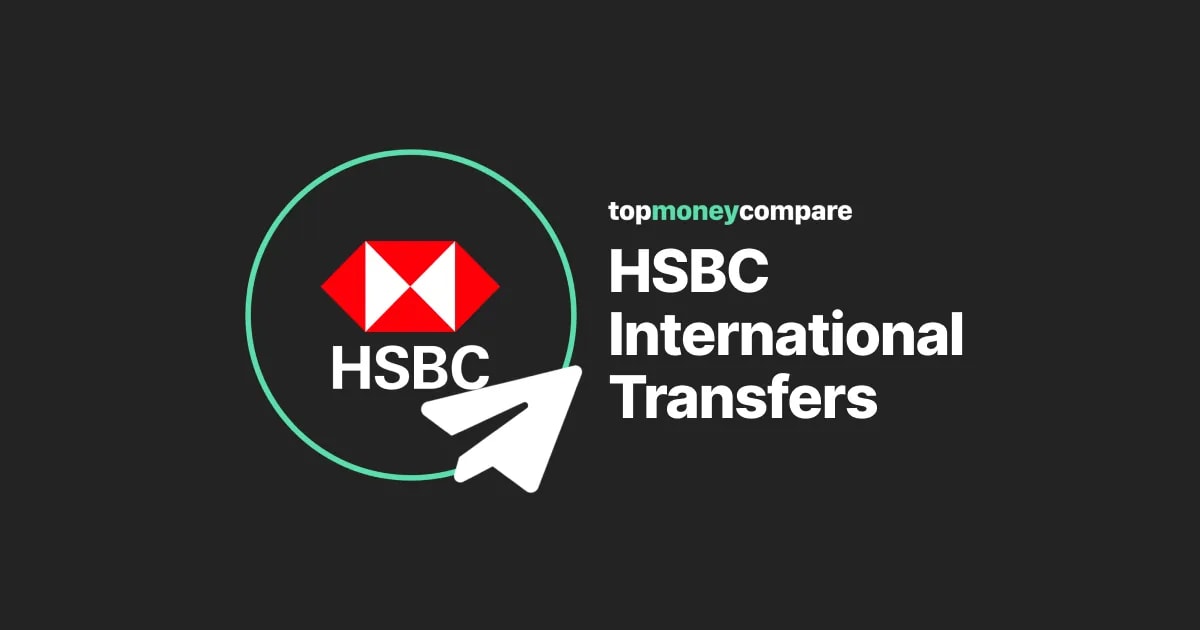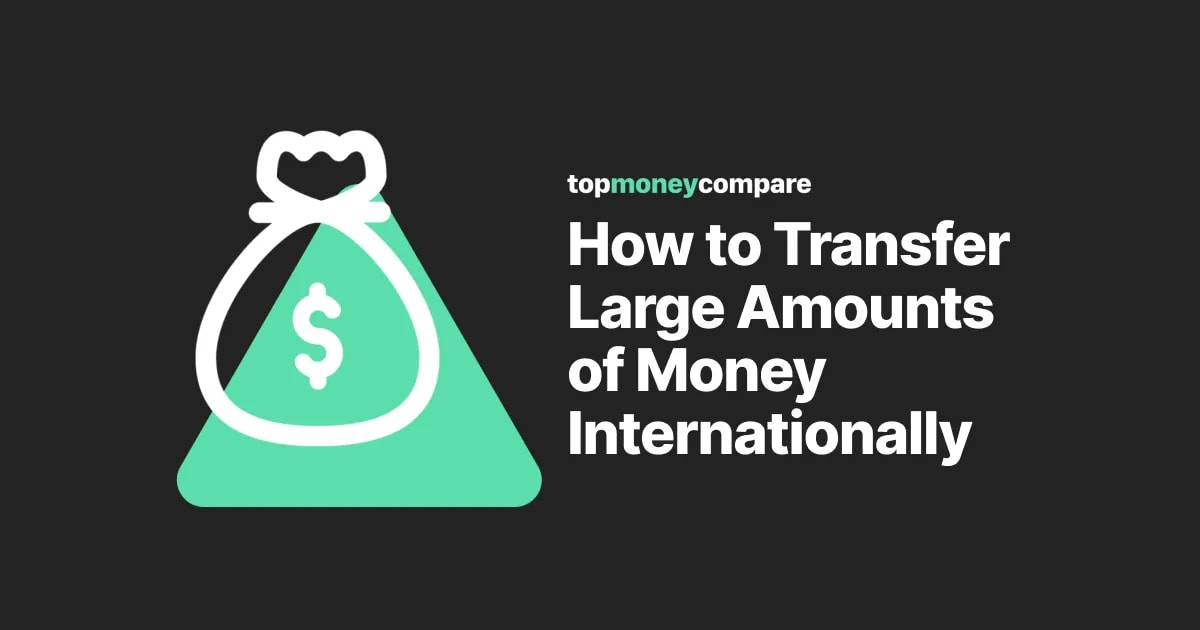Intro to TopMoneyCompare's International Money Transfer Report
At TopMoneyCompare, we understand the challenges faced by industry insiders, journalists, and enthusiastic readers who seek in-depth knowledge of the international money transfer market.
It's evident that information in this sector is often disorganised and difficult to access, buried behind paywalls or scattered across various sources.
Oftentimes, the reports even fail to address the key questions of interest.
Commonly asked questions like "how much money is transferred internationally each day?" are rarely answered comprehensively by existing global payment reports. In an effort to bridge this gap, I have compiled information from multiple sources — though it’s worth noting that the most recent data available on some reports is from 2022, which may not fully reflect the current trends.
Typically, reports from major consultancies like McKinsey are available, but they often come in formats that are lengthy and complex, making it challenging to extract and digest the essential facts.
The TopMoneyCompare International Payments Report 2024 aims to cut through the noise by providing a clear, accessible overview of the foreign exchange market.
This report is crafted to deliver all the critical information that our readers, whether they are professionals in the field or simply keen on understanding the market dynamics, seek in a straightforward and reader-friendly manner.
Data
The data collected to enable this report comprises multiple open resources. I will specify at the end of each section the reports I have used.
We also use proprietary data from TopMoneyCompare's currency transfer comparison as well as randomised data from some of our leading partners (money transfer companies whom we have commercial agreements and relationships with). Whenever I use either as my data source, I will specify that.
Foreign Currency Transfer Volumes
The amount of money transferred internationally is divided into two main sectors: transactions by financial institutions, and global payments.
Global payments constitute only a small fraction of overall foreign exchange transactions. The majority of transactions are made between financial institutions, including central banks, market makers and liquidity providers. Inter-dealer transactions account for 46% of total FX volumes.
How much currency is traded on any given day?
The most recent data available from the Bank for International Settlements (2022) suggests a daily volume of $7.5 trillion.
However, it's crucial to understand that not all of this $7.5 trillion actually moves across borders. A significant portion of this volume is accounted for by derivatives, particularly Swap Contracts — agreements to exchange sums of money at a future date. In fact, FX Swaps account for approximately 51% of total market turnover.
According to Visual Capitalist, the total volume for the international payment market in 2022 was estimated at $150 trillion, with SkyQuest attributing approximately $120 trillion of that to global B2B payments. So the B2B vs B2C global payment market share is about 75/25 in favour of B2B.
To me, this addresses the question of how much money is being transferred globally each year better.
The daily global payment volume is $410bn daily, which is only 5.47% of total daily FX volumes.
Breaking it further down, the daily B2B global payment volume is $328bn, and the global B2C and C2C market volume is just over $82bn per day. Global B2B makes up 4.4% of the global foreign exchange market, whereas B2C and C2C slightly exceeds 1%.
Moreover, the World Bank's 2022 report highlights that annual remittance flows total $626 billion. This translates to daily remittance volumes of approximately $1.7 billion, constituting about 2% of the total B2C and C2C market and less than 0.0022% of the overall global foreign exchange market.
Sources:
https://www.worldbank.org/en/news/press-release/2022/11/30/remittances-grow-5-percent-2022
https://www.bis.org/statistics/rpfx22_fx.htm
https://www.visualcapitalist.com/sp/growth-cross-border-payments/
https://www.skyquestt.com/report/b2b-payments-market
Money Transfer Companies
To understand the volume of international transfers processed through money transfer companies, we have to make some assumptions because we can only estimate the actual size of the market.
The term international money transfer companies is also very generalistic. In fact, any non bank provider that is able to facilitate a money transfer abroad is a money transfer company.
That means I’ve had to aggregate multiple types of companies, geared at a variety of different uses. From startups in their infancy, to companies like Western Union who have been providing international wires for over a century. And from the world's best known money transfer apps like Wise, to small-time currency brokers employing less than 10 people.
The clientele these companies serve is just as varied. Some cater to migrant workers needing to physically send cash, while others are tailored for businesses or transfers larger than $10,000.
A diverse bunch of companies with little in common and often murky reporting makes it difficult to provide a fair assessment, but here is my best take.
Starting with some of the more transparent companies, Wise openly reports transferring $105 billion in 2022. Other entities like Moneycorp disclose transfers of £40 billion annually, despite being private. Currencies Direct boasts of handling £10 billion, while OFX reports a turnover of A$33.6 billion. Euronet Worldwide, which owns XE and other brands in the money transfer space, processed $125 billion in 2022, though it's unclear if this figure includes POS transactions. AirWallex has reported processing volumes of $80 billion, and Remitly has reported a turnover of $24 billion. Meanwhile, the B2B payment company Payoneer reports annual transfers of $16 billion.
This emits two whales of the industry too: Western Union and moneygram.
While Western Union does not publicly disclose its transfer volumes, its top-line revenue of $4.5 billion suggests an estimated annual volume of approximately $150 billion, assuming an average margin of around 3.2%. MoneyGram, once a larger player, now reports $41 billion in annual transfers.
Non-bank money transfer market size
When aggregating the annual turnovers of the market leaders, we arrive at approximately $600 billion. However, these major players, though significant, only represent a segment of the broader industry.
In the UK alone, there are over 100 money transfer companies, and every country hosts its own array of local remittance and payment service providers.
My assumption is the top companies I’ve listed represent about half of the total volume transferred through money transfer companies.
Admittedly, this is an approximation, and the actual figure could deviate notably. Compiling an exhaustive list of all payment services worldwide proves challenging, especially since only the largest companies tend to disclose their turnover volumes or even provide hints of these figures.
So I'm assuming that the large companies hold half the market at $600bn a year and the remainder of the industry have a turnover of $600bn as well, making it an industry with an estimated $1.2tn in annual turnover.
With this in mind, just how much do money transfer companies transfer annually?
Based on my assumptions, money transfer companies process an estimated $1.2tn in annual currency transfers.
We have to keep in mind that these companies are active in every aspect of the foreign exchange market from remittances, through to B2B and B2C transfers, and even in dealing with other financial institutions (brokers specifically deal with FX derivatives).
So, money transfer companies account for only a mere 0.8% of the estimated $150 trillion daily payment market.
Sources:
https://www.currenciesdirect.com/en/about/currencies-direct-key-facts
https://www.ofx.com/wp-content/uploads/2022/05/OFX-Investor-Presentation-FY22.pdf
https://euronetworldwide.gcs-web.com/static-files/3efbb240-910e-4323-a72d-92b2db01076b
https://www.airwallex.com/blog/a-message-from-our-ceo-and-co-founder-2024
Most popularly traded currencies
The world's most popular currency is the U.S dollar.
When we look into foreign exchange trading at its highest level, inspecting the Bank of International Settlements' 2022 report, we can see that the U.S dollar dominated with 88% of all currency pairings traded involving the currency. Way below the dollar you have the euro at 30.5% and the Japanese yen at 17%.
If we look into the most traded currency pairings as per data from FXSSI (2024 data) we can see that the most traded currency pairs by volume in 2024 are EURUSD at 27.95%, USDJPY at 13.34%, GBPUSD at 11.27%, AUDUSD at 6.37%, USDCAD at 5.22%, USDCHF at 4.63%, NZDUSD at 4.08%, EURJPY at 3.93%, and GBPJPY at 3.57%.
When it comes to SWIFT payments (used for B2B and B2C), the USD dominance is slightly lesser than it is in the broad FX market. A report named RMB Tracker by SWIFT (Jan 2023) shows that in spite of the USD remaining the most traded currency, it is only involved in 47.6% of all transfers. with
The euro is not too far behind at 31.5%, followed by the British pound at 4.0% and the Japanese yen at 3.84%. The Chinese yuan is further down at 1.47%.
The top 5 countries to receive remittances are India, Mexico, China, the Philippines, and Egypt.
All 5 of their respective domestic currencies (Indian rupee, Mexican peso, Chinese yuan, Philippine peso, and Egyptian pound) aren't in the list of most tradable currency pairs, considering remittances make up just a tiny fraction of the overall FX market.
Additional sources:
https://fxssi.com/the-most-traded-currency-pairs#google_vignette
https://www.swift.com/swift-resource/251973/download
Cost of Remittances
Is it worth comparing rich destinations?
Comparing the remittance cost of transferring money between developed nations like UK to USA, Australia to USA, Canada to USA, UK to Spain and UK to France isn't helpful, for several reasons.
- Fees, margins, and temporary promotions distort the view. For example, at the time of writing, both Remitly and Western Union offer a "first free transfer" promotion.
- For transfers above $5,000, you may find brokers competing over the business and offering bespoke quotes based on current volatility, transfer size, client size, and to some degree, the savviness of the client ( trades can transact at a lower margin than originally proposed if the customer insists).
- Given the popularity of transfers between these destinations, the overall cost for a digital transfer across these corridors is quite low, provided you use the right non-bank provider. At the very least, you could say that customers are able to transfer between these countries using the major currencies at approximately 0.5%, even for a small-size transfer.
To access specific margins for specific currencies and transfer amounts, click the grey compare button on the right hand side of the page.
Remittance data is most helpful when analysing international transfers from developed economies to growing ones.
Remittance Cost Report
The UN is targeting a reduction of remittance costs to an average of under 3% by 2030. Just how close are we to this target?
Globally, the average cost of sending $200 was 6.2% of the amount transferred. Over double the UN’s target cost by 2030.
At 7.12%, Japan was the most expensive G8 country to make a remittance transfer, while Germany was the cheapest at 5.62%.
The type of financial provider used to make the transfer heavily influences the cost too.
The average cost to make a $200 remittance transfer in Q3 2023 with a bank was 11.48%. Make the transfer with a post office and the cost totalled 8.52%. This came down to 5.33% with a specialist money transfer company and 4.47% with a mobile money operator.
Examples
I pooled a sample of currency corridors from Europe, the Middle East, Africa and Central America. The difference is transfer costs was huge.
These statistics likely stem from the significant number of unbanked individuals in Nigeria rather than a shortage of opportunities. All 10 digital providers featured on TopMoneyCompare facilitate transfers from the UK to Nigeria at an average margin of just under 1% (but that's for a bank transfer).
The Saudi Arabia to India (SAR/INR) corridor presents its own set of challenges. Of all the companies reviewed on TopMoneyCompare, only two facilitate transfers from Saudi Arabia to India, and one of these caters exclusively to larger transactions. This highlights a notable gap in service availability within these specific market corridors.
Where is the most expensive country to send money?
The most expensive place to send $200 from the UK in Q3 2023 was Gambia, costing an average of 11.07%.
In Gambia, the number of unbanked individuals is even higher than in Nigeria, and the country's overall economic health is very low.
Here are the numbers comparing the cost of the most popular remittance corridors:
"If we were to drill down into the costs of various providers who offer transfers from GBP to GMD (Gambia's currency), we could see significant fees even from relatively inexpensive providers like Remitly, WorldRemit and Western Union, all of which facilitate transfers to other destinations easily below 1.5%:
Additional sources:
https://remittanceprices.worldbank.org/
TopMoneyCompare Data
Remittance Impact on Economy
Remittances are vital for the economies of many receiving countries, significantly contributing to their GDP and supporting local economies. For example, remittances make up nearly 25% of Nepal's GDP, 23% of Honduras's, and 21% of El Salvador's. These funds help improve household welfare, support small businesses, and finance education and healthcare. In the Philippines, remittances have enhanced literacy rates and health outcomes, while in Mexico and India, they are essential for bridging income gaps and financing local investments.
Additional sources:
https://www.grandviewresearch.com/industry-analysis/digital-remittance-market
https://www.imarcgroup.com/digital-remittance-market
Remittance Market Projections
It's expected that the remittances market will grow by approximately 100% by 2032 to a staggering $1.33tn. Compound annual growth is 5.8%.
The digital remittance segment is projected to grow even more robustly. It was valued at about $21.83 billion in 2023 and is forecasted to reach $60.05 billion by 2030, with a CAGR of 15.6% from 2023 to 2030.,
North America and Asia-Pacific are expected to lead the growth in the remittance market, with North America maintaining a significant share due to its large immigrant population and advanced digital payment infrastructure, and Asia-Pacific projected to be the fastest-growing region in terms of emigration, driven by high demand in countries like China and India. Europe, Latin America, and the Middle East & Africa are also anticipated to see steady growth, with CAGRs of 4%, 7%, and 6% respectively
Additional sources:
https://www.alliedmarketresearch.com/remittance-marke
thttps://www.grandviewresearch.com/industry-analysis/digital-remittance-market
-min.webp)



